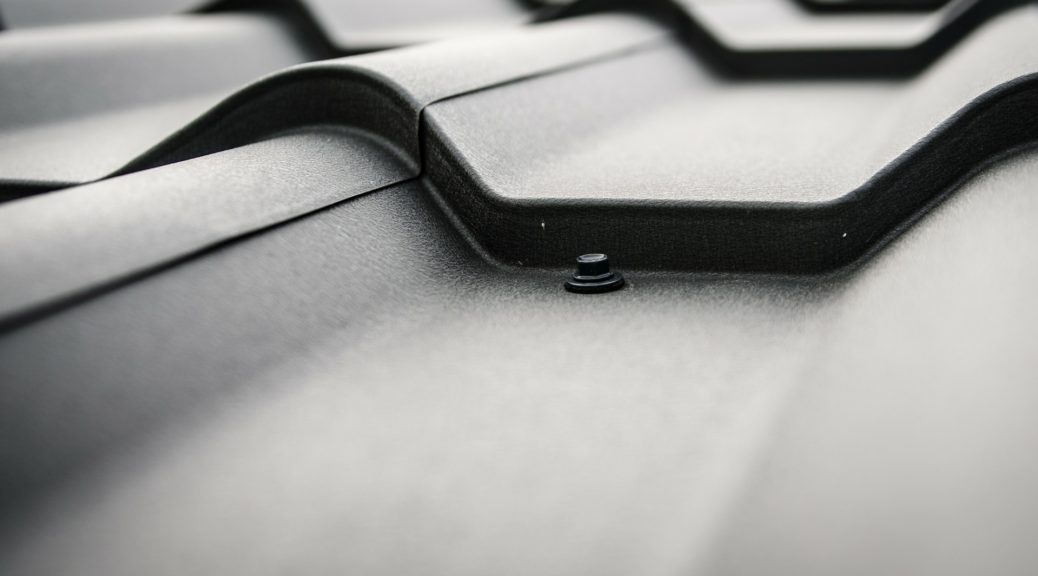For many south west based business owners, investing in a new metal roof can be daunting since metal roof construction has little in common with any domestic roofing experience they might have previously had.
As we all know, contractors in all fields – and metal roof construction is no exception – tend to give better deals to those customers who know what they’re talking about so it is worthwhile getting your head around the basic concepts involved before you start talking to roofing firms or building contractors.
Metal Roof Construction Basics: 5 Types of System
The five basic types of metal roof construction system used in the UK are:
- Single Skin
- Double Skin
- Secret Fix
- Site-assembled Composites
- Factory-assembled Composites
Single Skin Systems
Single skin systems are the most basic form of metal roof construction. They simply consist of sheets of uninsulated metal sheets (usually steel) fixed to metal purlins (supporting frames that run parallel to the eaves).
Basic Double Skin Systems
A double skin system, used in most industrial and commercial buildings, is comprised of at least three parts: An inner liner, an outer weather sheet and a spacing system that supports the weather sheet while making room for insulation – normally a mineral fibre quilt. The liners can be made of steel or aluminium.
The liner sheet will be thinner and the profile shallower than that of the weather sheet. The minimum thickness of a liner is typically 0.4mm (steel) or 0.5mm (aluminium) whereas the weather sheet will be at least 0.7mm (steel) or 0.9mm (aluminium) thick.
Both liner and weather sheet are usually trapezoidal (wavy – or ‘sinusoidal’ – profiles are rarely used in standard commercial metal roof construction any more).
Secret Fix Systems
Secret fix systems are double skin systems which have specially profiled weather sheets designed to hide most of the internal substructure and fasteners from view. They are popular in roofs with shallow slopes or where a pristine external appearance is desired.
Site-assembled Composites
Site-assembled composites are specially profiled to incorporate a rigid insulation. The insulation is normally either mineral fibres, polyisocyanurate or polyurethane.
Factory-assembled Composites
Rather than have the insulation installed onsite, some metal roof construction projects involve building the panels in a factory and then bringing them to the site fully-formed. Polyisocyanurate or polyurethane tend to be the preferred insulation materials used since these bond with the liner facings on expansion.
Special Liner Considerations
Sometimes it is necessary to add extra liners to the basic systems above. Two common examples are in food production/optimal hygiene environments and aggressive industrial processes, both which will require separate liners underneath but with different properties.
Some heavy traffic metal roofs will also require an extra walkable liner.
Standard Metal Roof Coatings
There are various coatings that can be applied to the substrate (i.e. metal) and these vary in terms of colour and finish depending on the roofing supply firm used. Steel will be hot-dip galvanised or aluzinc coated while aluminium is supplied with a mill or painted finish.
Common choices of coating include ARS (aluminium only), Multicoat, Plastisol (steel only), Polyester and Pvf2.
A Note on Fasteners
Most metal roof construction projects used to rely on typical zed spacers comprising of z-shaped steel fastened to nylon ferrules. While these may still be used in shallower roof constructions they have been largely replaced by various proprietary fasteners and bracket systems using structural grade steel and plastic. More detailed information on roofing fasteners can be found in our dedicated fastenings section.
Armed with the above basics, business owners should feel more confident when organising their own roofing projects, ensuring that the best decisions are being made in the interests of their business. For more in-depth information, visit: http://www.mcrma.co.uk

Reading your article was extremely very useful and very helpful. Thanks for the information you have shared for us. This is a very well-written article.